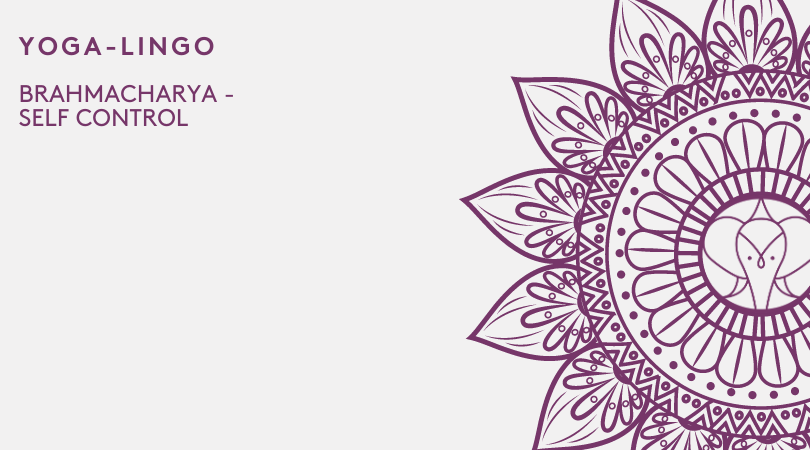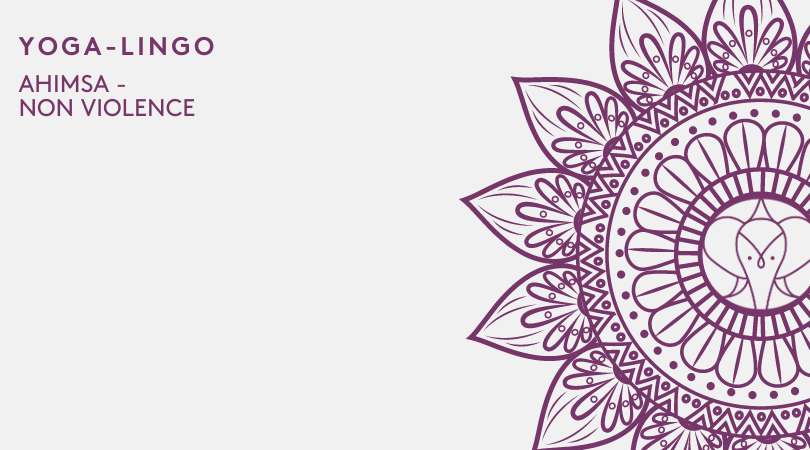Namaste Meaning - What You Need to Know
Namaste: A Greeting with Deep Spiritual Significance
If you have ever attended a yoga class, you are familiar with the word Namaste. But do you know Namaste's meaning? Many people only take Namaste as a traditional but respectful greeting practiced in India. However, it is much more than addressing hello or goodbye. Namaste is one of the six forms of pranama in the Hindi tradition.
Namaste appears in many ancient Hindu scripts. For instance, it appears in the Rigveda 8.75.10, Atharvaveda verse 6.13.2, and Taittirya Samhita, amongst others. The origin of Namaste is unknown. However, it has been practiced for ages in India. It is an excellent sign of obedience and submission from one being to another.
Namaste is also seen in many temples in India and Thai. It can be seen in statues and many medieval-era sculptures of gods and other beings. Namaste's meaning can be described literally by translating the meaning from Sanskrit. We can also derive the meaning of Namaste from a spiritual point of view.
Namaste is a Sanskrit word that combines two words, "namah" and "te." Namah means bow, reverential salutation, or adoration. Te, on the other hand, means 'to you.' Namaste, therefore, translates to 'I bow to you' in literal terms. The 's' between the two words is used to join nama and te as described in the Sanskrit language.
Namaskar or Namaskara, on the other hand, is derived from the Sanskrit words Namah and skara. Kaara translates to doing. This word has been used in ancient Hindu scripture used in the sense of paying homage, salutation, and worship. Both Namaste and Namaskar are used interchangeably by many.
"The light within me bows to the light within you."
However, Namaskar is usually used to salute many people as opposed to Namaste, which is used to greet a single individual. When using Namaskar, you merely say that 'I pay my salutations to all of you' rather than to a single person.
A yoga teacher opening a class where they are greeting many people can say Namaskar, however, when greeting only one student, Namaste is more appropriate. Since both these terms have the essential word Namah, they are salutations. They have the same underlying meaning.
The spiritual meaning of Namaste
Namaste is not only about sending greetings. It has a more profound spiritual Namaste meaning in Hinduism. Namaste means "I bow to the divine in you." When performing the Namaste salutation, you merely recognize that there is a divine entity in every person. Therefore the sacred body in yourself will be saluting the holy being in the person you are greeting.
Further, 'Nama' can also be reduced to Na and Ma, which are equivalent to 'not mine.' In this spiritual meaning of Namaste, you are separating yourself from your human body. Your spirituality separates from your physical being, and only the divine in you is left behind.
"I bow to the divine in you."
Further, the term also means that you are sending your peace and spirituality to someone hoping to receive something positive. For instance, Namaste is said to thank the yoga teacher at the end of a yoga class. It also reminds you to appreciate the other students and eventually realize that you are not alone in this world.
Namaste reminds us that we are unique and in this world together; therefore, we should all respect each other. With Namaste, you acknowledge the sacred being in every other person you send the salutations to. It enables one to look deeper into their spirituality and understand who they are. You can, therefore, live your life with the principles of Namaste.
In spiritually also, Namaste is translated as 'the light in me honors the light in you.' Again here you are acknowledging that people are more than just human bodies. There is more to a person than what we see; therefore, you respect and honor that god in them. The god that shines a light on them is the same one that shines the light on you.

Things to remember the next time you say namaste
- Namaste is not only said at the end of a yoga lesson. It can be said anywhere to people of all ages, including children. This is because you recognize the divinity inside a person, not the person's physical body.
- Use the correct pronunciation for Namaste. This Sanskrit word is pronounced as nuh-mUH-st-hey. The emphasis is placed on the second syllable. Learning the proper pronunciation will give you confidence and make you proud when saying Namaste.
- To do the Namaste properly, bring your palms together in añjali mudrā (prayer position) close to the heart chakra. Letting your palms touch your heart means that you are saying and doing this from your heart.
- If you decide to do Namaste with a gesture (mudra), it should also be followed with a slight bow of the head. Do not bow too much at the waist; bow the head.
- Maintain eye contact with the person that you are saluting with the Namaste gesture. This will show sincerity and bring the required bond.
- You can use Namastes to show respect, salute elders, say thank you, welcome a stranger, show your gratitude, and recognize the power of divinity that resides in the other person's heart. This is especially true for someone that you share the same spirituality with.
The Namaste means that you choose to take
Namaste can change your life because of its more profound spiritual significance. When you practice Namaste, it gives you that inner calm and peace. You respect other people and revere the gods in them. You acknowledge that the god in you is the same in all people. Therefore, you can live a better life if you attach Namaste to your friends, relatives, family, and neighbors.
Regardless of the Namaste meaning that you choose to take, whether spiritual or not, Namaste is essential. This is not only in yoga but also in daily living. Namastes can improve the quality of your life. It can enhance the way you relate with other people. It can also improve how other people see you and how you make them feel.









